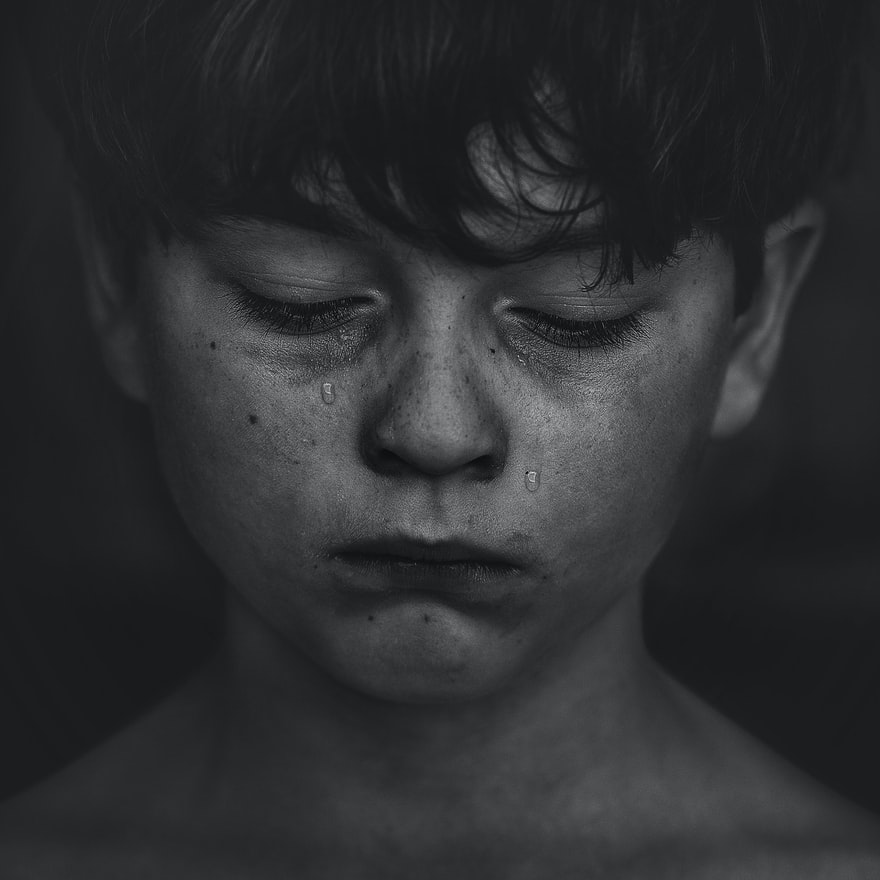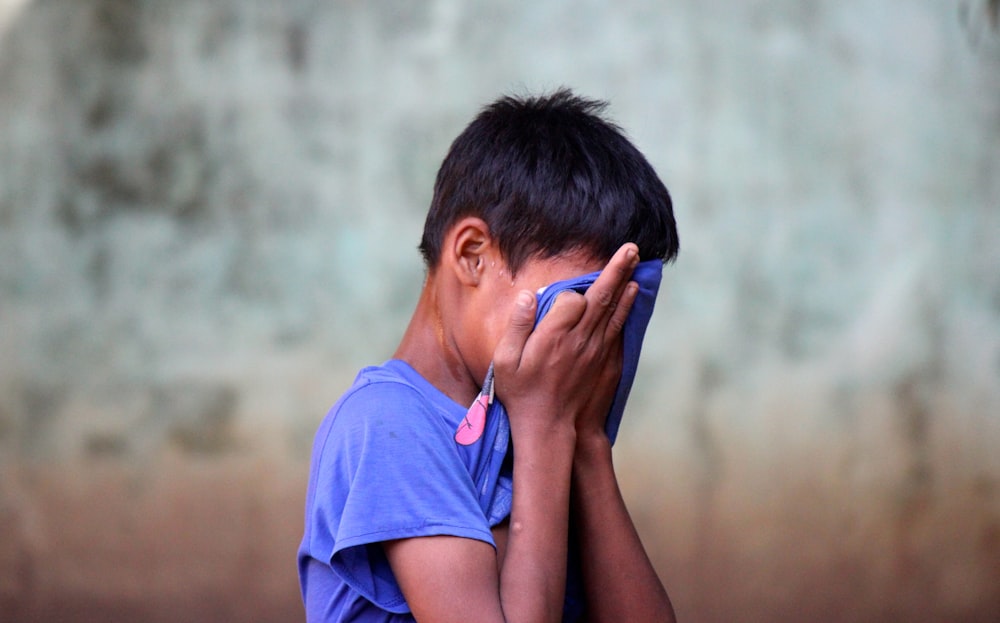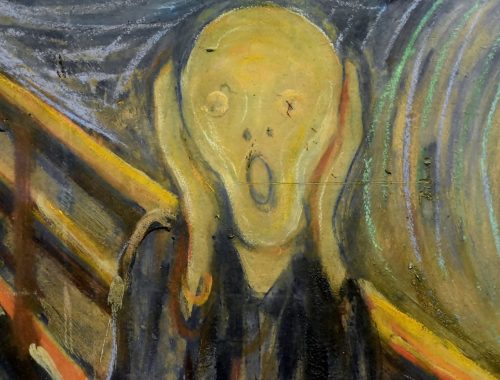
An Extensive Guide To Child Trauma (Part 1)
When we hear about trauma in children, it seems like a scary and frightening image straight out of a thriller, but it is the reality of a particular person. Whenever a child (0-18 years old) experiences a terrible event, it can cause shock or distress that leads to trauma. When a child experiences trauma, they may feel distraught, used up, and hurt. Know that adults are different from children, and they may experience situations differently.
If you are reading this article, you may work in child care, have children around you who may behave differently, or you may be a concerned parent. Either way, we have gathered all the important information for you to understand the different types of trauma and how to respond appropriately.

What Is A Traumatic Event?
A traumatic event is defined as a frightening and threatening experience. For an event to be traumatic to a child, the child does not have to be primarily involved in the actions. Because children are easily disturbed by what happens around them, witnessing an event involving violence or dangerous to a family member can be traumatic.
Causes Of Trauma:
1. Bullying
Bullying is becoming more common nowadays, and several anti-bullying organizations are gaining more traction and visibility. According to statistics, more than 20% of students are regularly bullied on school grounds. Most of them are called names, pushed, spat at, insulted, or even confronted with rumors; put that way, it seems to be without consequences, but did you know that bullying is often associated with a higher risk of depression, anxiety, and dropping out of school?
Even worse, students who are victims of bullying are most likely to commit suicide. In 2019, an 8-year-old reportedly hanged himself after being bullied at school; this story shook everyone up, but bullying is still prevalent.
What is bullying?
Bullying is also known as peer victimization; it is physical, psychological, social, and verbal actions intentionally to make another feel less powerful. We usually refer to bullying when it involves repeated acts. Keep in mind that with the advent of the Internet and social networking sites, there is a new phenomenon known as cyberbullying or online bullying.
Bullying can have serious consequences, such as trauma, for the victim and the witnesses. Bullying can impact a person’s normal development, affecting their social interaction or academic performance. Long-term effects can include suicidal thoughts, self-harm, and PTSD.
2. Community Violence

As the name implies, community violence is any act of violence in public (within the community). It can range from riots, war, terrorist attacks, or gang warfare. Community violence is usually traumatic because of the magnitude of the violence and because it occurs suddenly. People who live in places where gang conflict is widespread usually live in fear. Children living in such communities often have no sense of security, and the pent-up fear can lead to trauma.
Studies have found that more than 25% of children in the United States have experienced community violence at least once in their lives. Community violence negatively impacts normal development, whether emotionally, socially, or behaviorally.
Research has also shown that living in a violent atmosphere leads children to become violent themselves, known as the “cycle of violence.” Violence in the community usually affects children’s outlook on the future; they may question everything around them, have limited trust in their family members, and lose their sense of control or resort to violence themselves as a way to resolve conflicts. If the child is mainly involved in community violence, this may lead to physical or medical problems.
Childhood trauma is a very complex topic that needs to be discussed at length, as many childhood traumas go unnoticed and impact us later as adults. Read our Part 2 to understand the roots of trauma, which is already a step further. Let us know in the comments what you think about childhood trauma….
You May Also Like

A Simple Guide To Choosing an Effective Anger Management Course
2023-10-04
How To Rediscover Your Libido
2022-12-05


2 Comments
Pingback:
Pingback: